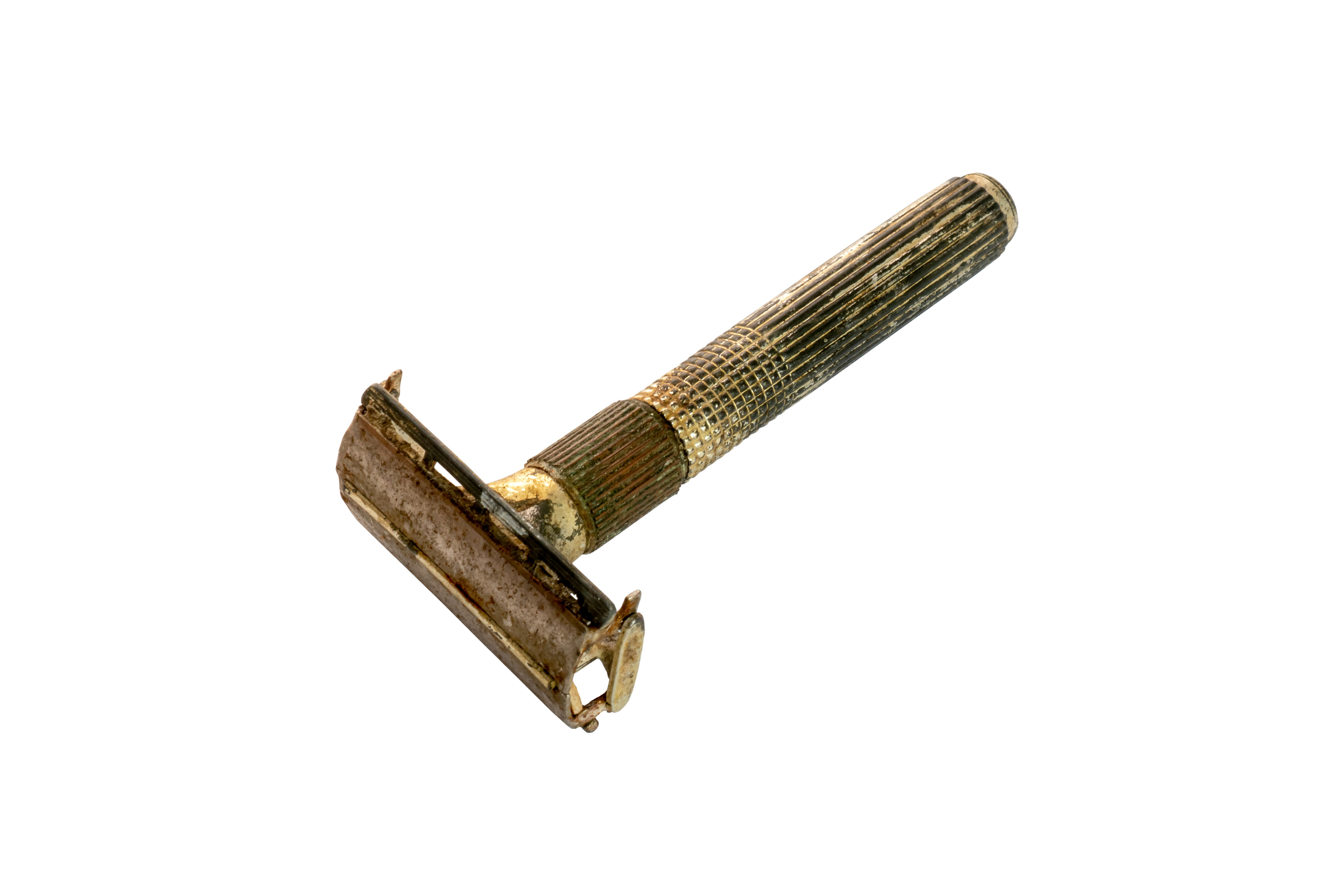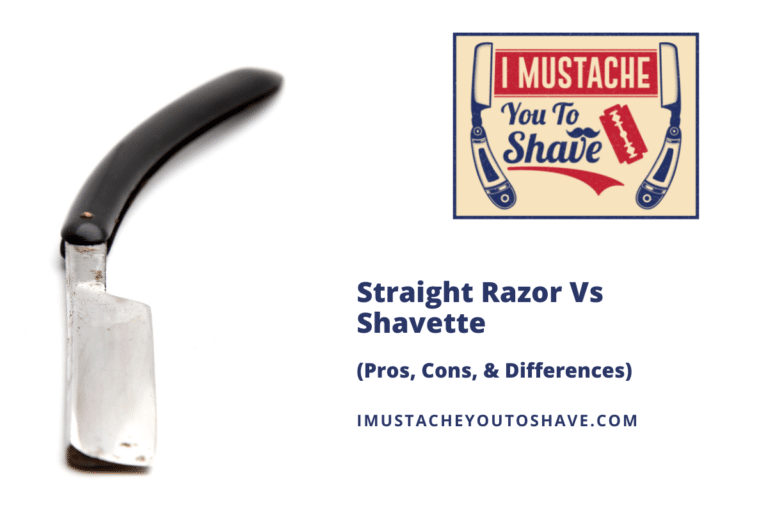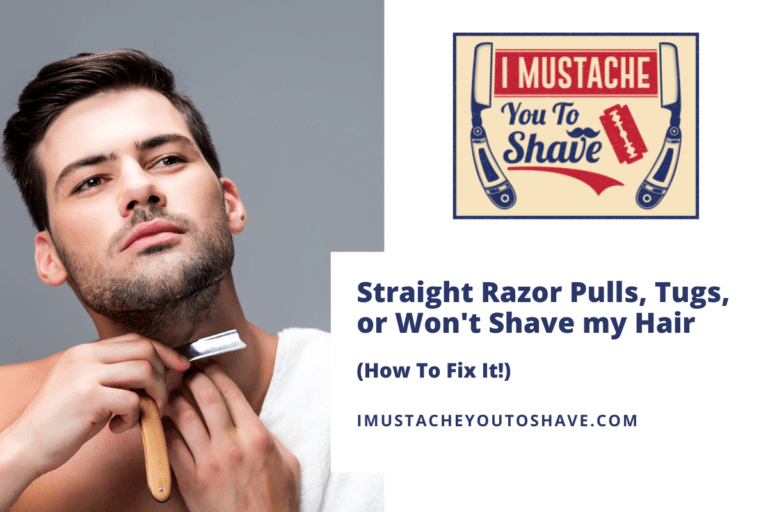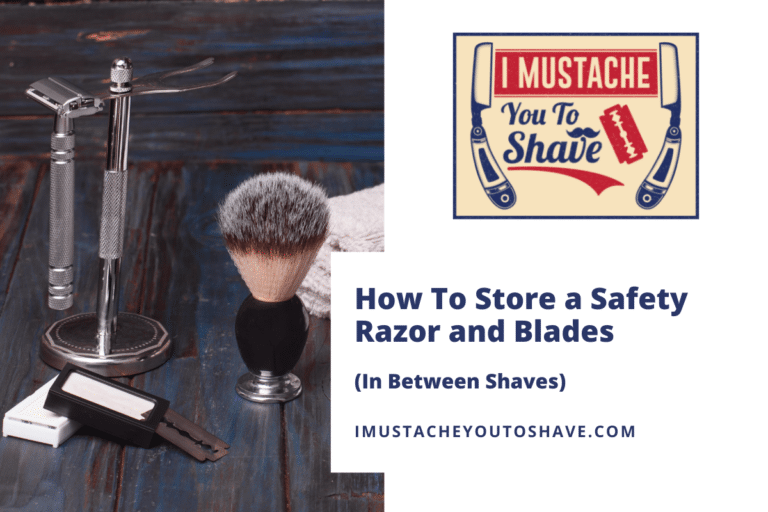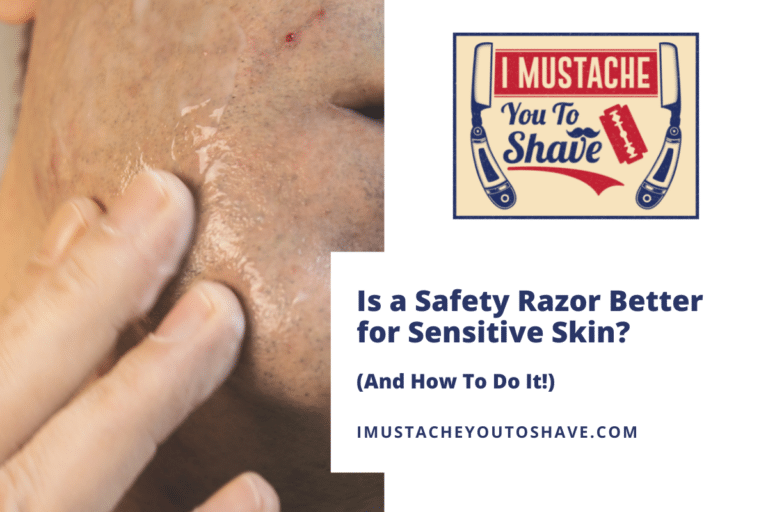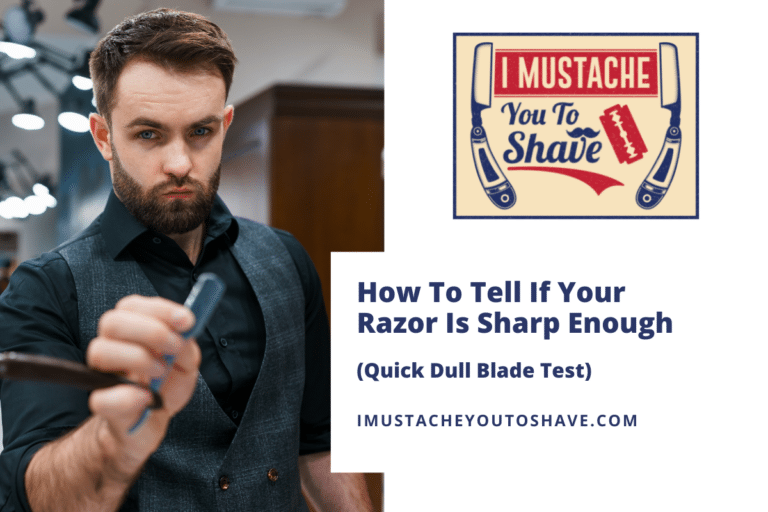Will a Safety Razor Rust? (5 Prevention & 5 Fix-It Tips!)
Raise your hand if you’ve ever been working outside with a tool and got distracted. The metal tool ends up on the ground or propped against the house, only to be rained on before you get back to your job. Now you have a rusty tool to deal with on top of your project. What about shaving tools that are meant to get wet? Will a safety razor rust?
Most modern and even some antique razors are plated in rust-resistant materials, such as nickel or zinc. If your razor does start to rust, it’s because the razor was left wet for too long or the blades themselves are made of low-chromium stainless steel. To prevent rust, wash and dry your razor thoroughly after each use, and store it in a dry place.
Keep reading to learn how to prevent rust and extend your razor’s longevity.
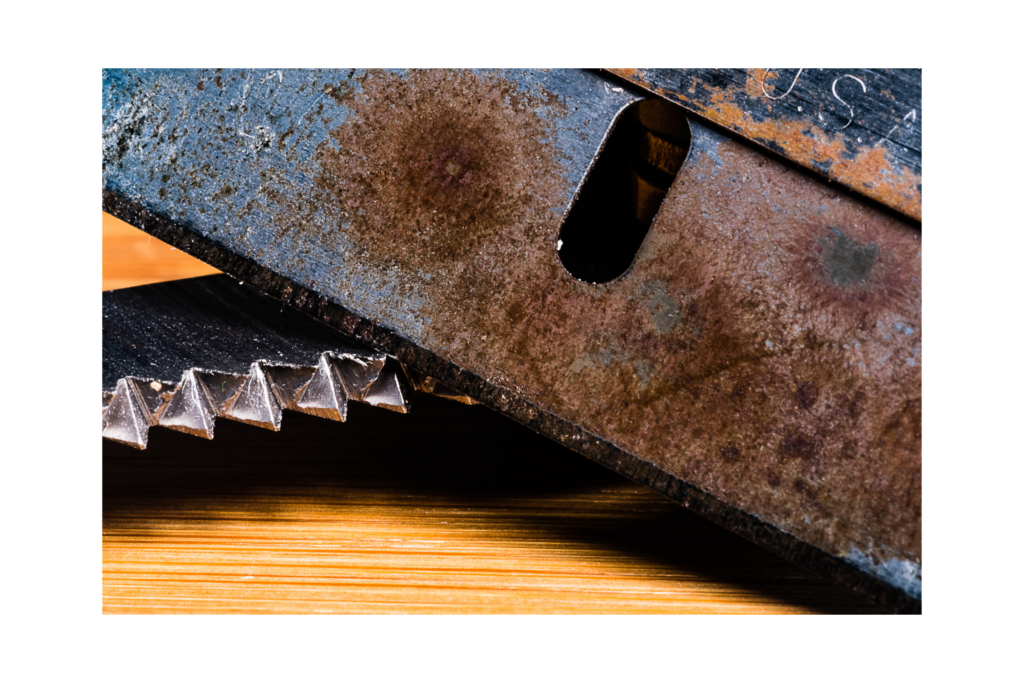
Will a safety razor rust?
Zinc- and nickel-plated stainless steel razors are the most common, but there are many types of metals used in razor design, such as copper, bronze, and chrome. Some handles may even be made with plastic, brass, or wood.
These materials are meant to prevent or mitigate rust development for as long as possible. Some antique razors are still around because of their durability, but they may still rust if not cared for properly.
Razor blades are usually made from stainless steel, although some have been known to be made from other materials, such as platinum. Stainless steel is popular because it is cost-effective and can be refined down to incredible sharpness.
Wondering if it’s safe to use a rusty razor?
Most stainless steel blades have a chromium-based coating applied to maintain the hardness and resistance of the blade itself. A non-stick coat is applied to reduce friction, and the blade is submerged in oil to further prevent corrosion.
What inevitably ends up happening is water accumulates on the blade or razor head after a shave. Despite being made of stainless steel, the metal can oxidize and rust if water is left on the blade. That rust can then spread to other parts of the head and can significantly reduce the longevity and safety of your safety razor.
How to keep your safety razor from rusting
Proper maintenance will help to extend the life of your razor by preventing rust and other degradation.
To keep your razor and blade in tip-top shape:
- Give the head of your razor a good wash once a week – Razor blades usually last around 5-7 shaves, so this would be a good opportunity to make sure there’s no soap residue that could trap water in the head of your razor.
- Rinse the whole razor head with water and tap to get any hair out after each shave – Hair stuck in the razor head could also contribute to water being trapped in the razor head.
- Make sure to pat dry and store it somewhere dry – Some folks like to keep their razors in a clean dry cloth after a shave. The worst thing to do would be to leave a razor in a pool of water. If available, purchase a rack like this one to hang your razor from.
- Refrain from using alcohol or other harsh disinfectants – These solutions could strip any protective coating on the blade itself, reducing its lifespan.
- Don’t drop your razor – If a razor gets nicked or the coating chips, it could expose the underlayer to oxidation and rust later. A good way to prevent dropping is to be sure the weight is right, and there’s a solid grip on the handle.
Is there actually rust on your razor?
“Oh no!” you say to yourself. You’ve done everything you can. You keep your razor dry and blades clean, plus you’ve been meticulous about preventing rust on your safety razor. Alas, just a few shaves in, you see rust! Is it actually, though?
Sometimes buildup from soap, hair, or even dead skin can look like rust. Don’t panic! The simplest solution is to use warm soap and water and an old toothbrush and give the razor head a good scrubbing.
Giving your razor a decent cleaning will clear up whether or not you have rust on your safety razor. This is also a great method for regular cleaning and maintenance.
How to clean and maintain your safety razor
We’ve already talked about how to keep your razor from rusting (keep it in a dry place, dry after each use, don’t leave it in the shower or tub, etc.), but how do you maintain and clean the razor? What do you do if you see rust spots on your razor?
The beauty of safety razors is their simplicity in design and composition of materials, and their maintenance and cleaning match that simplicity. Castile soap, a toothbrush, and a dry towel make upkeep easy.
Even if you find difficult rust spots on your razor, the best cleaning methods involve everyday use items you’ll generally find in your home, negating the need for special cleaners or tools.
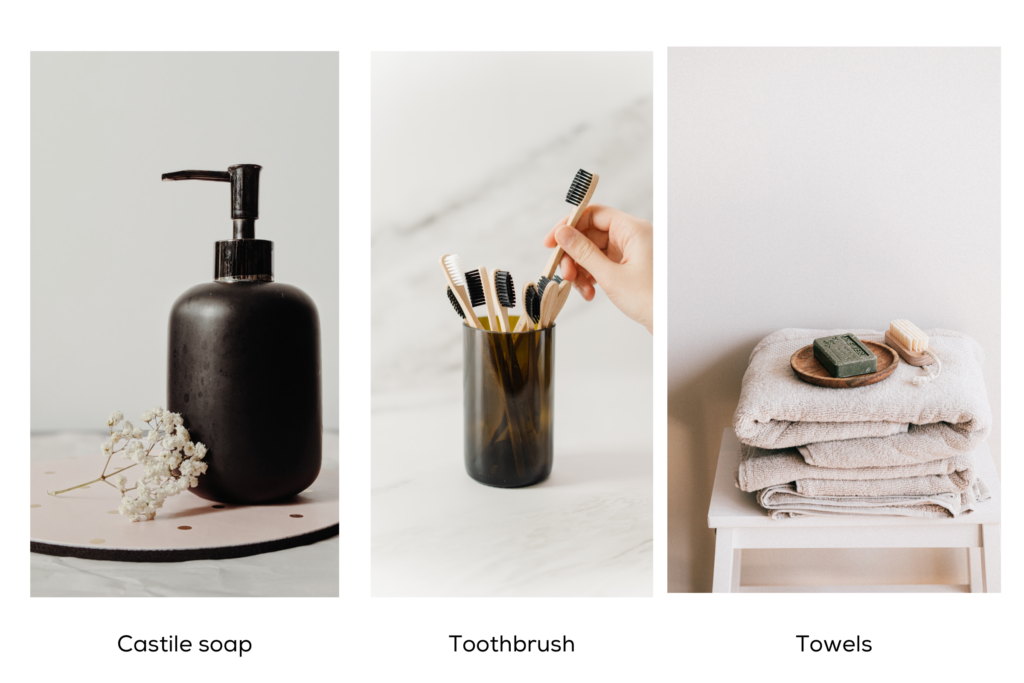
Dry your safety razor after each use
Washing your razor properly after use will help keep your razor in great condition. A couple of minutes of daily preventative maintenance will save you lots of trouble down the line.
To keep your razor from rusting:
- When finished shaving, open the assembly on your safety razor.
- Remove the blade and rinse your razor with warm water.
- Dry the assembly and blade thoroughly. (NOTE: Be careful since the blade is still really sharp)
- Reassemble the razor head with the blade.
- Store in a dry place. (NOTE: As I mentioned before, some folks like to store their razors in a dry cloth or hand towel)
Clean your razor to prevent rust
It’s hard to prevent rust entirely. Here are tips to clean that rusty razor blade:
- Run your razor under warm water.
- Squirt some castile soap or dish soap onto an old toothbrush.
- Scrub thoroughly to remove rust.
- Rinse with clean warm water and dry.
Remove persistent rust spots
Sometimes elbow grease isn’t sufficient to get rid of the rust, so you’ll need something a bit more robust:
- Make a mixture of half warm water and half white vinegar and place the razor in the solution. (REMINDER: Don’t use alcohol because that could strip the protective layer from your blade.)
- Add up to 3 tablespoons of baking soda to the solution with the razor in.
- Leave your safety razor to soak for an hour. Don’t leave your razor soaking too long. It could hurt the assembly.
- Wipe the rust with a rag. Most rust will wipe off with a rag, but if you need to get into hard-to-reach places, an old toothbrush will help.
- Rinse and dry the safety razor and place it in a dry place. Be thorough in your scrubbing and cleaning. Rust comes back quickly if you don’t get it all at first.
If you follow these steps, your shining safety razor will keep its clean look and longevity and will safely give you that close shave experience you’ve been looking for.
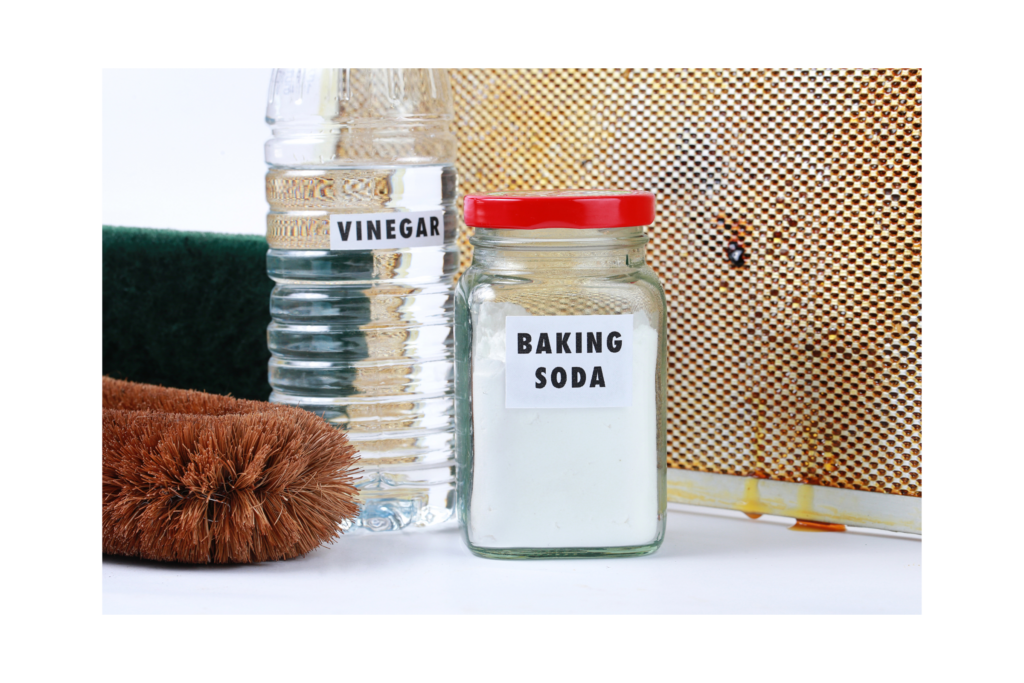
Summary of rust-free safety razor tips
Safety razors and blades are designed to resist rust. However, storing a razor in wet conditions can cause rust to appear. To prevent rust, rinse and dry your razor thoroughly between uses and store it in a dry place. Don’t use harsh disinfectants like alcohol because they can break down the protective coating.
FAQS
How do you keep safety razors from rusting?
The best way to keep your safety razor from rusting is to keep it dry between uses. Don’t store it in the shower. Do a simple daily clean to remove buildup and any water droplets in the head and on the blade.
How long does a safety razor blade last?
A safety razor blade’s longevity will depend on the frequency of use and the coarseness of your facial hair. On average, a single blade can last 5-7 shaves before being replaced.
How do you preserve a safety razor?
Preserve a safety razor by performing a quick daily clean and keeping it dry between uses. Taking the razor apart and doing a more thorough cleaning monthly is also recommended.
Do safety razors go bad?
Safety razors don’t go bad, but blades can get dull. Once a blade is dull, it won’t cut as close. Replace blades when they start to drag across your face. Safety razor handles can last indefinitely when taken care of properly.

